
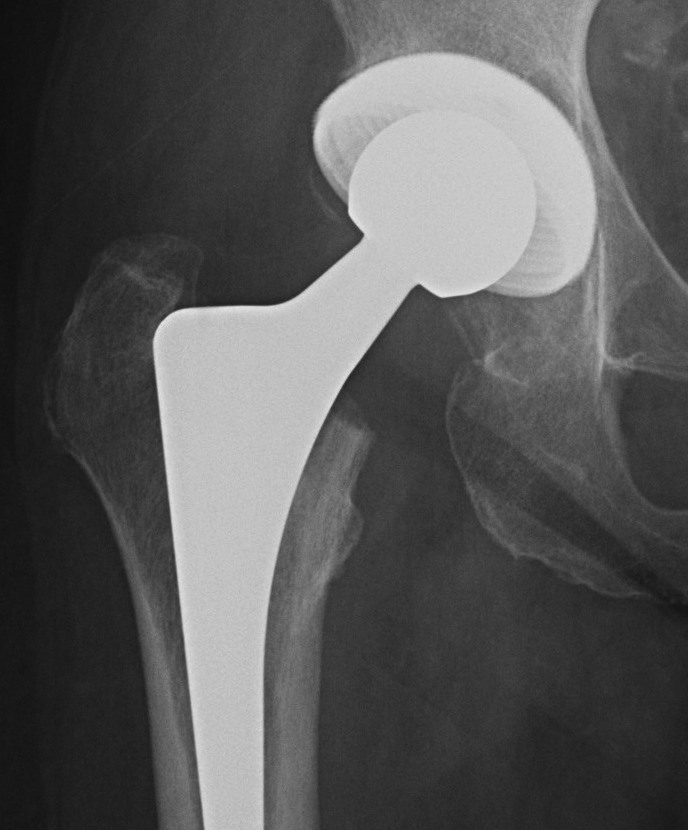
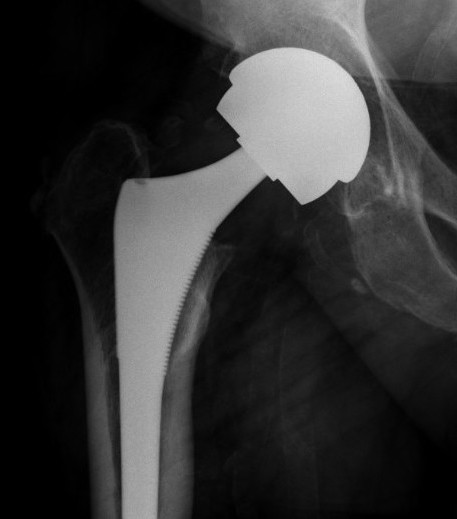

Issues
Increasing head size
- increase stability / decrease dislocation
- ? affects ROM
- ? increase volumetric wear
Stability
Head size affects dislocation because of two variables
1. Primary arc range
- distance head can move before impinging and levering out
- increasing head:neck ratio increases the primary arc range
- affected by cup abduction / anteversion / liner elevation
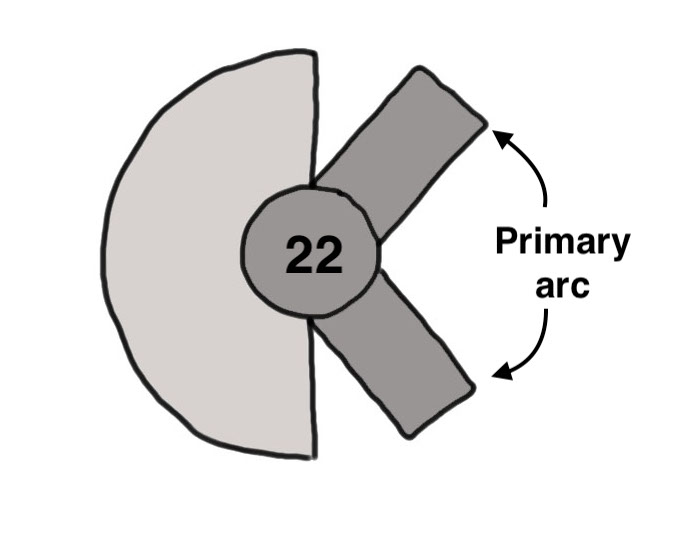
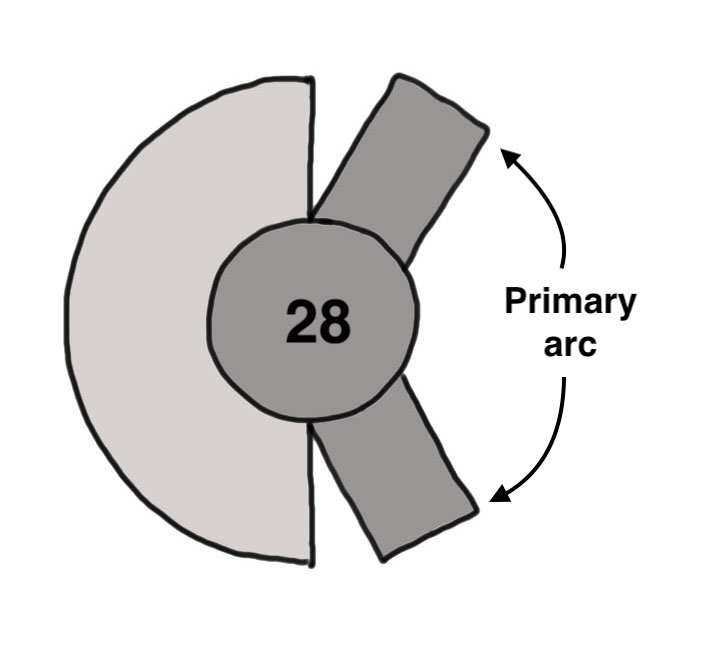
2. Jump distance
- the distance the head must travel in order to dislocate from the socket
- affected by head size
- also affected by cup abduction / anteversion / liner elevation
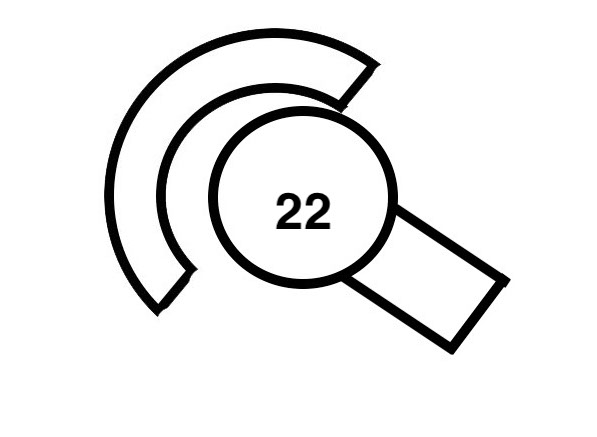
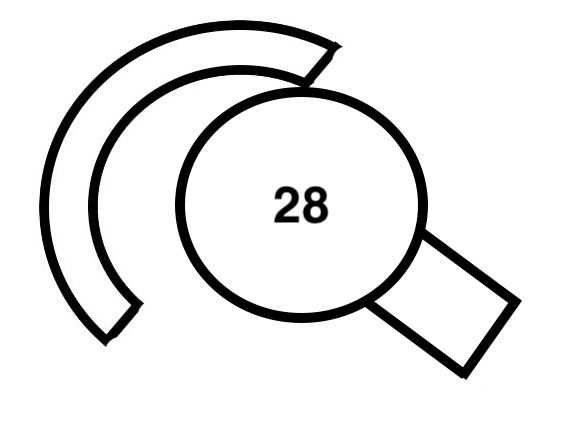
Evidence
Large heads and reduced dislocation
Zijlstra et al Acta Orthop 2017
- Dutch Registry of 166,000 hips
- dislocation rates higher with 22 - 28 mm heads compared to 32 mm heads
- 36 mm heads reduced dislocation rates with posterolateral approach
- 250,000 THA England Joint Registry
- significant reduction in dislocation rate with heads > 36 mm
- 24,000 THA
- dislocation rates size 22 > 28 > 32 mm heads
Large heads and ROM
Le Duff et al Bull NYU Hospt Jt Disord 2009
- 35 patients with both a hip resurfacing and conventional THA
- no difference in ROM between two hips
Zijlstra et al Int Orthop 2011
- RCT of 28 mm head versus 48 mm head MoM
- increased internal rotation with large heads
Larger head technology
1. Metal on poly (XLPE)
A. Thinner highly cross linked polyethylene liners allow larger femoral heads 32 - 44 m

Australian Joint Registry 2023 Metal on XLPE 36,000 THA
| < 32 mm heads | 32 mm heads | > 32 mm heads | |
|---|---|---|---|
| 3 years | 2.4 | 2.3 | 2.4 |
| 5 years | 3.0 | 2.7 | 3.0 |
| 10 years | 4.4 | 3.9 | 4.4 |
| 15 years | 5.9 | 5.1 | 5.9 |
B. Custom poly acetabulum with metal resurfacing
Treacy et al Bone Joint Res 2019
- metal-on-highly-crosslinked-polyethylene hip resurfacing
- 88 cases at 1.5 years follow up
2. Metal on metal

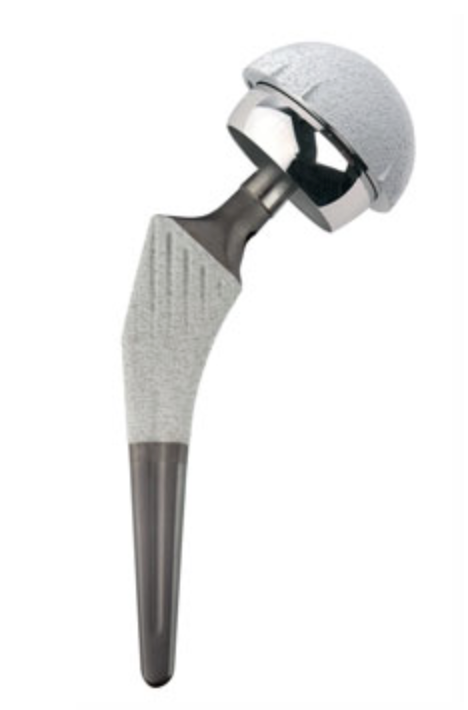
A. Increased sized metal heads
- increased failure rates with heads > 32 mm
- Australian Joint Registry revision rate 29% at 15 years
- MoM less commonly performed as many implants removed from market
www.boneschool.com/THA/bearingsurfaces
B. Hip resurfacing
www.boneschool.com/THA/resurfacing

Dislocated resurfacing THA
2. Ceramic on ceramic / ceramic on poly
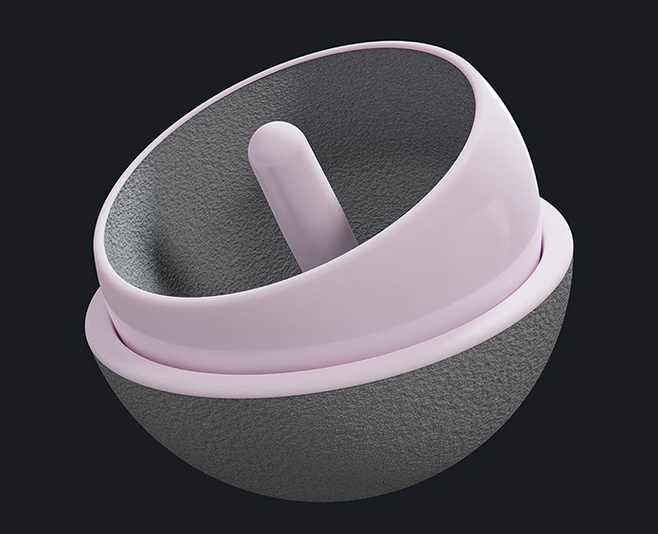

Concept
Monoblock acetabular components with ceramic liners that allow large ceramic heads
Results
Kostretzis et al BMC Musculoskeletal Disorders 2022
- report of 5 cases large ceramic head THA with liner dissociation
Blakeney et al Bone Joint J 2018
- large ceramic head THA with ceramic monoblock acetabulum
- 225 cases
- 23% incidence of squeaking
Australian Joint Registry 2023 Ceramic on ceramic / poly 56,000 THA
| < 28 | 32 | 36-38 | > 40 | |
|---|---|---|---|---|
| 3 years | 3.5 | 2.0 | 2.0 | 2.2 |
| 5 years | 3.9 | 2.5 | 2.5 | 2.9 |
| 10 years | 5.0 | 3.7 | 3.8 | 3.8 |
| 15 years | 5.7 | 5.9 |
